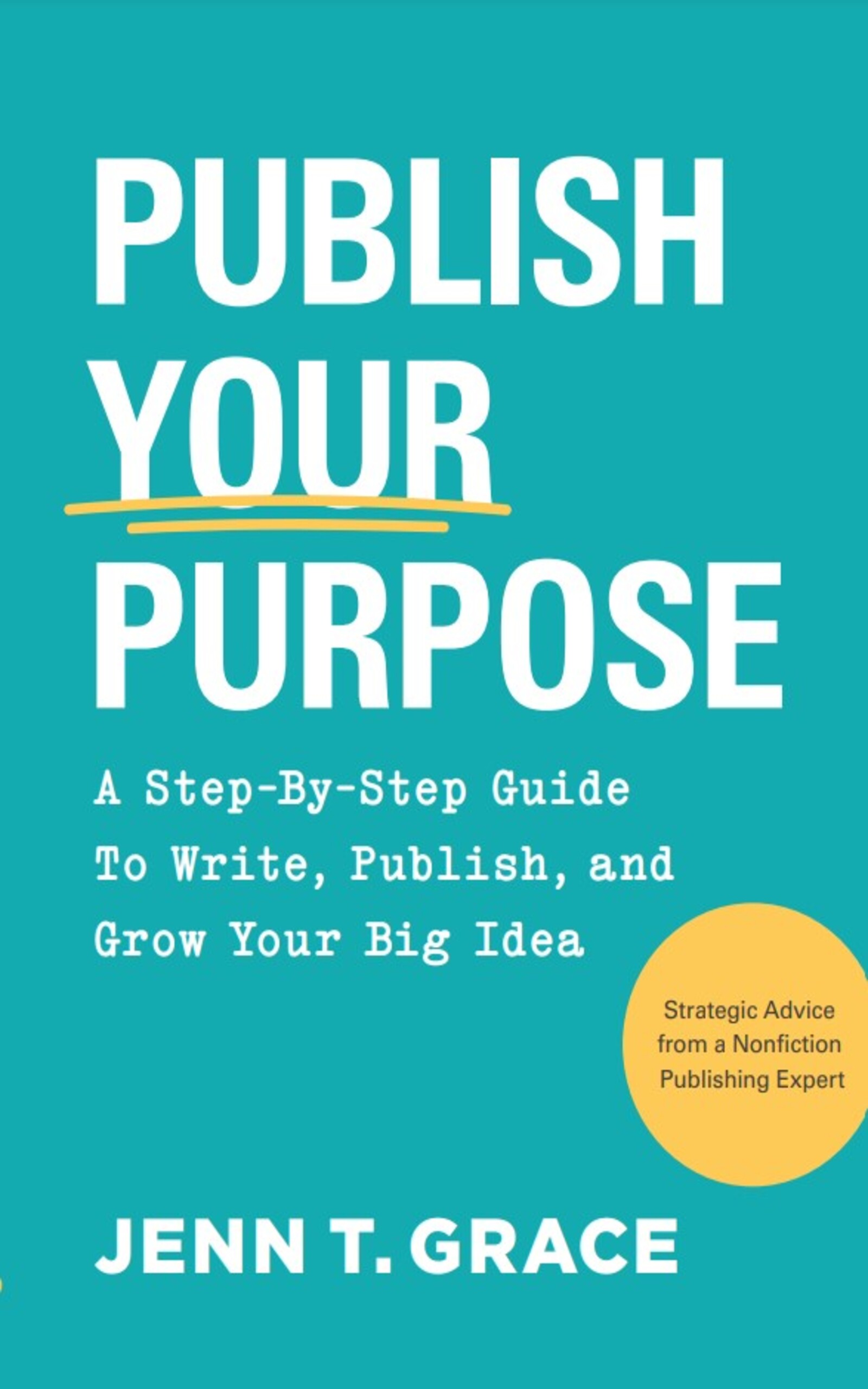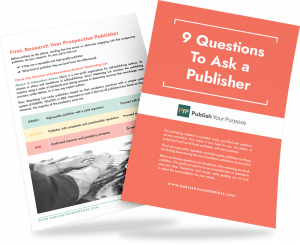When it comes to publishing your book, one of the most critical questions is: What will it cost, and what return can I expect? Understanding the financial implications of traditional publishing, self-publishing, and hybrid publishing is essential for making an informed decision that aligns with your goals. This guide will break down the economics of each option, enabling you to choose the best path for your success.
Want to understand the pros and cons of traditional publishing? Download Chapter 14: Picking the Best Publishing Path for You for free!
1. Traditional Publishing: No Upfront Costs but Limited Returns
Upfront Costs
One of the biggest advantages of traditional publishing is that you typically face no upfront costs. The publisher covers the expenses associated with producing your book, which allows you to focus on crafting your manuscript. However, this doesn’t mean you won’t invest time and effort into creating a compelling book proposal and marketing strategy.
Royalties
While you avoid upfront costs, traditional publishing often comes with lower royalties—usually ranging from 10% to 15%. For example, if your book sells for $15, you might earn just $1.50 to $2.25 per copy sold. If you manage to sell 100 copies, that nets you only $150 to $225.
Advances and Agent Fees
Publishers may offer an advance to help you complete your book, but remember that this is an advance against your royalties. If you receive a $3,000 advance, you won’t see any royalties until that amount is repaid through book sales. Plus, if you engage an agent to navigate this competitive landscape, you’ll need to factor in their fees, which often cut into your earnings.
Curious about the pros and cons of traditional publishing? Join our Pick Your Path to Publishing webinar to gain valuable insights and expert guidance on navigating the traditional publishing landscape!
2. Self-Publishing: Full Control Comes with Responsibility
Upfront Costs
Self-publishing offers complete control but comes with varying costs, typically ranging from $150 to $70,000. Your expenses will depend on the quality of services you choose, including editing, cover design, formatting, and marketing.
Be prepared to either purchase books through offset printing or utilize print-on-demand services like Amazon KDP. Each approach has its own cost-benefit analysis that you must navigate.
Royalties
The major benefit of self-publishing is that you retain 100% of the profits from direct sales. However, keep in mind that when selling through bookstores or distributors, they will take a percentage, so building those relationships is crucial.
Marketing Responsibility
Self-publishing places the onus of marketing squarely on your shoulders. To see a significant return, you need to effectively promote your book and reach the right audience. This means creating buzz before and after your book launch.
For a detailed cost breakdown of self-publishing, download our Book Cost Blueprint.
3. Hybrid Publishing: The Balance of Cost and Support
Upfront Costs
Hybrid publishers offer a middle ground, with upfront costs ranging from $2,000 to $100,000. The specific services they provide will significantly affect your investment. It’s crucial to research potential partners thoroughly to ensure you’re getting value for your money.
Royalties
Royalties for hybrid publishing typically range from 50% to 75%, with our team at Publish Your Purpose offering authors 85% of their royalties. This structure rewards your investment while providing essential services.
Comprehensive Support
Hybrid publishers often assist throughout the entire publishing journey, from the initial concept to post-publication marketing. This support can be invaluable, as they help connect you with the right audience and resources, maximizing your book’s potential.
Curious about hybrid publishing? Click here for in-depth information.
Transform Your Publishing Dream into Reality
Choosing the right publishing route can significantly impact your success as an author. Each option presents unique costs and benefits, so aligning your choice with your personal and professional goals is crucial.
If you have questions about your publishing options or need guidance in determining the best path for you, contact us today! We’re committed to helping you navigate your publishing journey with clarity and confidence.





